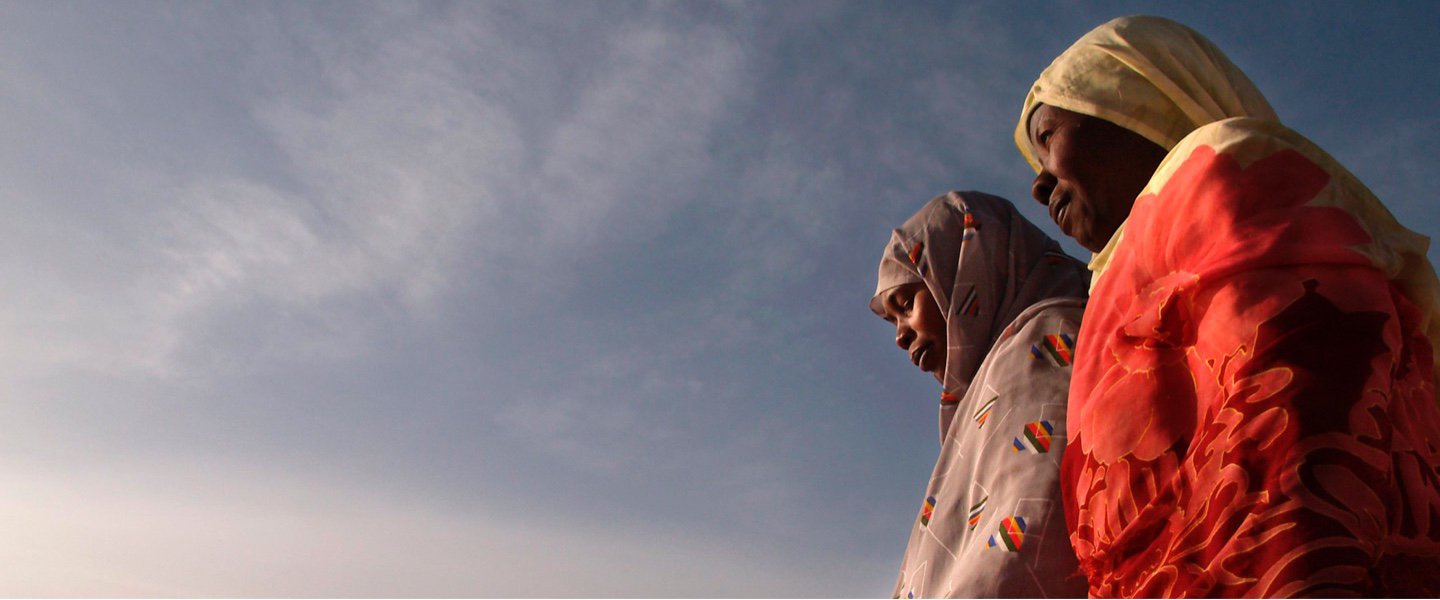- From 2013–18, 10,550 students benefited from a skills development program, of whom 30% were women.
- From 2015–18, 985,635 people benefited from a public works program created after the 2015 floods. During the same period, 129,455 people benefited through social cash transfer, 123,003 people were trained on livelihood development activities, and 208,753 people restored their agricultural livelihoods sustainably after the 2015 floods.
- From 2016–18, 5.3 million people living in communities that were affected by drought were provided with improved access to food, and 87,750 households received support to restore their livelihoods. During the same period, 7,551 people were provided with improved irrigation schemes and 39,000 cattle were vaccinated.
- From 2015–18, 74 primary schools were reconstructed or restored, five health facilities were rehabilitated, and 18 kilometers of roads were reconstructed to improved standards for protection against floods.
- From 2013–18, 5,634 rural youths were trained in a skilled trade, 78% of trainees passed their annual assessment, and 86% of trainees graduated.
Key Achievements
Results

INDICATORS
Life expectancy at birth, total (years)
Debt
Results Stories
Projects

News Updates
Related Documents
tabOn selection, change the data
Key Achievements
Key Achievements
- From 2013–18, 10,550 students benefited from a skills development program, of whom 30% were women.
- From 2015–18, 985,635 people benefited from a public works program created after the 2015 floods. During the same period, 129,455 people benefited through social cash transfer, 123,003 people were trained on livelihood development activities, and 208,753 people restored their agricultural livelihoods sustainably after the 2015 floods.
- From 2016–18, 5.3 million people living in communities that were affected by drought were provided with improved access to food, and 87,750 households received support to restore their livelihoods. During the same period, 7,551 people were provided with improved irrigation schemes and 39,000 cattle were vaccinated.
- From 2015–18, 74 primary schools were reconstructed or restored, five health facilities were rehabilitated, and 18 kilometers of roads were reconstructed to improved standards for protection against floods.
- From 2013–18, 5,634 rural youths were trained in a skilled trade, 78% of trainees passed their annual assessment, and 86% of trainees graduated.


